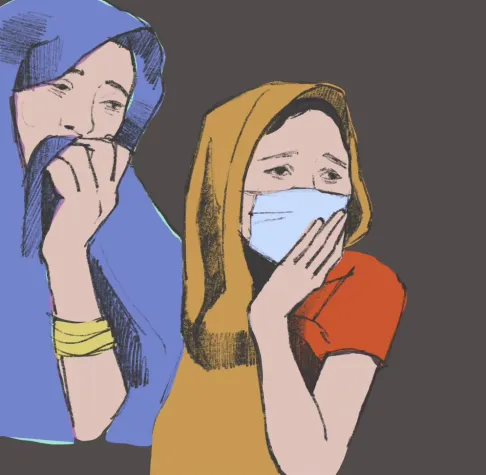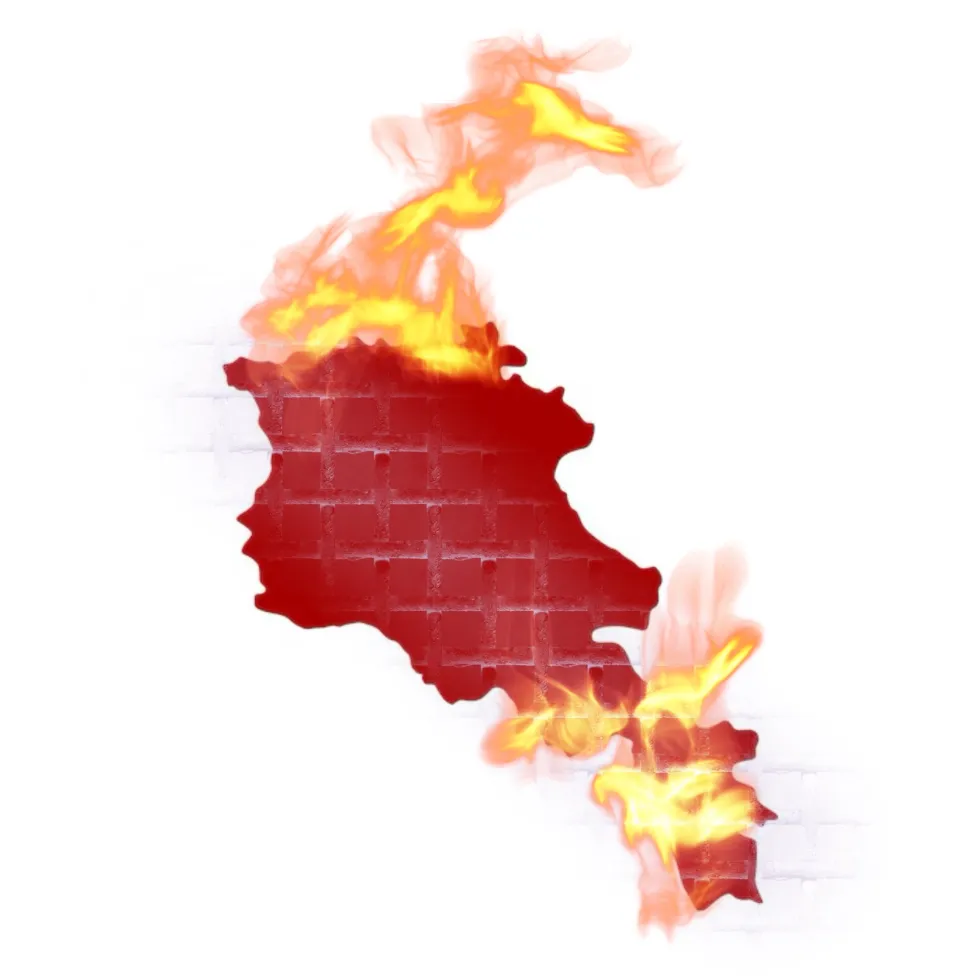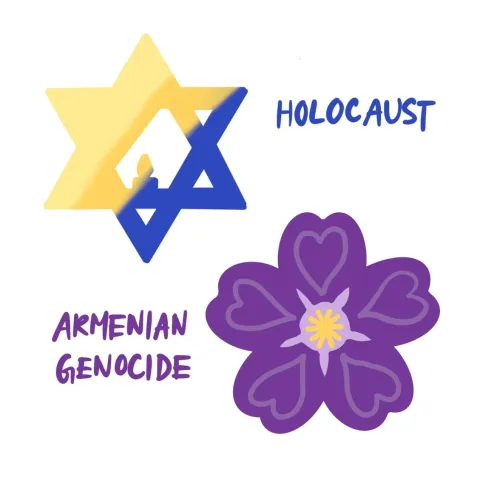In May of 2020, the Siekopai nation, an indigenous group on the border between Ecuador and Peru, faced the possibility of their population and culture being destroyed by COVID. With a population of around 700 people as of May, the death of two elderly leaders and 15 confirmed cases of COVID caused many to flee into the jungle in order to avoid infection. Cases like these abounded across indigenous nations in all parts of the world. COVID-19 disproportionately affected indigenous cultures due to lack of existing infrastructure and already abnormally high rates of disease.
Often, indigenous nations were hit much harder by COVID infections than the general populace. Data through August 2022 shows that Native populations had a mortality rate 2.8 times the rate for white populations for COVID. Reasons for this disparity include Native traditions, such as large group gatherings and multigenerational housing. Many Native nations also lack health infrastructure and basic utilities such as running water on some reservations. In Brazil, for example, the average distance between indigenous villages and the nearest ICU is 315 kilometers. Most indigenous communities do not have readily available data in their native languages and pertaining to COVID within their specific communities.
The lack of government assistance also proved to be a challenge in many cases. Indigenous groups in Peru submitted a formal complaint to the UN after not receiving adequate help from their own government. They said that the government risked committing “ethnocide by inaction.”. Even the state of infrastructure itself is often due to government failure. For only one example, the US government did not provide enough funding for services in exchange for indigenous land, leading to various inadequacies in hospitals and basic sanitary services on Navajo land. Native populations also struggled with food insecurity during the pandemic, due to everything being shut down.
Additionally, epidemics have historically impacted Native populations in major ways, dating back to diseases brought during original colonization. Epidemics have resulted in a near-genocide of both Native peoples and their cultures, which are primarily passed down orally from person-to-person. Indigenous populations also tend not to rebound as much after epidemics due to lack of healthcare and poor living conditions. They also have higher rates of obesity and diabetes, which put individuals at greater risk for COVID.
Despite native populations’ struggles with COVID, they have continued to persist, like they have done historically. In the case of the Siekopai, they utilized traditional herbal medicine in order to develop their own remedies to help overcome COVID, as documented in the film “Fighting COVID-19 with Ancestral Wisdom in the Amazon.” They have persisted throughout the pandemic and have now regained an ancestral territory in a recent court ruling in Ecuador. Indigenous populations have struggled with a potential cultural genocide in COVID and utilized their own methods for combating it. However, underlying problems regarding governments failing to provide adequate infrastructure and overlooking existing socioeconomic conditions still exist and contributed to the widespread impact of the pandemic on native population. Native culture will continue to persist, and, in order to prevent tragedies such as COVID from disproportionately impacting them, improvements to healthcare and basic utilities will be necessary.
Sources:
“COVID-19 and Indigenous peoples.” United Nations, https://www.un.org/development/desa/indigenouspeoples/covid-19.html. 6 December 2023.
Valencia, Alexandra. “Ecuador indigenous community fears extinction from COVID-19.” Reuters, 5 May 2020, https://www.reuters.com/article/idUSKBN22H29P/. 6 December 2023.
Darlington, Shasta. “Report: Brazil’s indigenous people are dying at an alarming rate from Covid-19.” CNN, 24 May 2020, https://www.cnn.com/2020/05/23/world/coronavirus-indigenous-death-apib-intl/index.html. 6 December 2023.
Lakhani, Nina. “Why Native Americans took Covid-19 seriously: ‘It’s our reality’.” The Guardian, 26 May 2020, https://www.theguardian.com/us-news/2020/may/26/native-americans-coronavirus-impact. 6 December 2023.
Graham, Jack. “Loss of Canada elders to coronavirus threatens indigenous culture.” National Post, 1 June 2020, https://nationalpost.com/pmn/entertainment-pmn/loss-of-canada-elders-to-coronavirus-threatens-indigenous-culture. 6 December 2023.
Blanco, Patricia. “Historic ruling in Ecuador returns ownership of ancestral land to the Siekopai people.” El País, 30 November 2023, https://english.elpais.com/international/2023-11-30/historic-ruling-in-ecuador-returns-ownership-of-ancestral-land-to-the-siekopai-people.html. 6 December 2023.
“The Siekopai’s Ancestral Remedy to the Pandemic In The Amazon.” Amazon Frontlines, December 2020, https://amazonfrontlines.org/chronicles/siekopai-plants-medicine-covid-amazon/. 6 December 2023.
Williams, Riis. “Native American Deaths from COVID-19 Highest Among Racial Groups.” Princeton, 2 December 2021, https://spia.princeton.edu/news/native-american-deaths-covid-19-highest-among-racial-groups. 6 December 2023.
Cervantes, Maria. “Peru indigenous warn of ‘ethnocide by inaction’ as coronavirus hits Amazon tribes.” Reuters, 24 April 2020, https://www.reuters.com/article/us-health-coronavirus-peru-indigenous/peru-indigenous-warn-of-ethnocide-by-inaction-as-coronavirus-hits-amazon-tribes-idUSKCN22639A/?il=0. 6 December 2023. Written by Sophia Zhou Edited by Joyce Rizko

 Causes of Genocide
Causes of Genocide